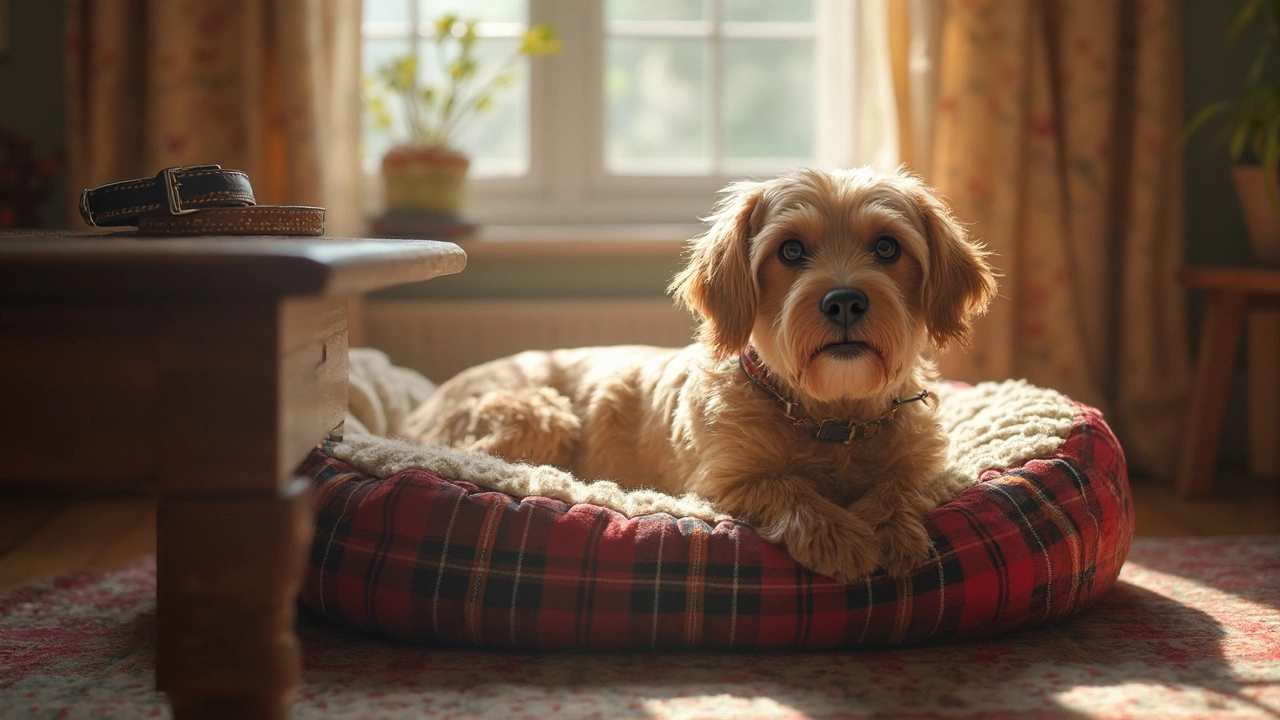Collar Risks – Why Your Dog’s Collar Might Be a Hazard
Most owners put a collar on their dog as soon as they bring them home. It looks harmless, but the wrong collar or a poor fit can cause real problems. From choking to skin irritation, a collar can turn from a useful tool into a safety issue in just a few weeks.
Common Risks Linked to Dog Collars
First, think about choking. A collar that’s too tight can compress the trachea, especially on small breeds. You’ll notice your dog coughing or gagging after a walk – that’s a red flag. Second, many collars have metal buckles or plastic fasteners that can split open. If a loose buckle catches on a fence or a branch, the collar can tighten suddenly and cause neck injury.
Skin irritation is another big one. Rough fabrics, cheap stitching, or constant rubbing can lead to hot spots, hair loss, and even infection. Look for redness or scabs around the neck; they’re often the first sign something’s wrong. Finally, some collars have heavy tags or charms that add weight. The extra tug on the neck can strain muscles and make your dog uncomfortable over time.
How to Spot a Problem Early
Check the fit daily. You should be able to slide two fingers between the collar and your dog’s neck. If you can’t, it’s too tight. If you can slide more than three fingers, it’s too loose and might slip off.
Inspect the material before each walk. Look for fraying, broken buckles, or sharp edges. Replace any worn‑out collars immediately – they’re not worth the risk. Also, pay attention to your dog’s behavior. If they keep scratching at the neck, shaking their head, or seem reluctant to wear the collar, something isn’t right.
When it comes to tags, keep them lightweight. A heavy ID tag can pull on the collar and cause strain. Use a small, rounded tag instead of a bulky one.
Safe Alternatives and Best Practices
Consider a harness for walks. A well‑fitted harness spreads pressure across the chest and back, removing strain from the neck completely. If you still need a collar for ID, choose a soft, padded option made from breathable fabric.
Only put the collar on when you need it – for a quick walk, vet visit, or when you’re at home and can keep an eye on it. Remove it at night or when your dog is alone in the house. This gives the neck a break and reduces the chance of irritation.
Finally, get a vet’s opinion if you’re unsure. Vets can recommend the right size, material, and style based on your dog’s breed, age, and health. A quick check‑up can save you months of stress and a possible trip to the emergency clinic.
Collars are handy, but they’re not a set‑and‑forget accessory. By checking the fit, inspecting the material, and watching for signs of trouble, you can keep your pup safe and comfortable. Remember: the best collar is the one that doesn’t cause problems at all.
Posted By Bryndle Redding On 28 May 2025 Comments (0)
Why You Shouldn't Leave a Collar on a Dog: What Every Owner Needs to Know
Dog collars seem harmless, but leaving one on all the time can actually put your pup in danger. This article looks at why collars can lead to accidents or health issues, shares safer alternatives, and offers tips for keeping your dog safe and comfortable. Whether your dog lounges indoors or loves the backyard, there are smart steps you can take to avoid hidden risks. Learn how to spot trouble signs and keep your best friend out of harm's way.
READ MORE